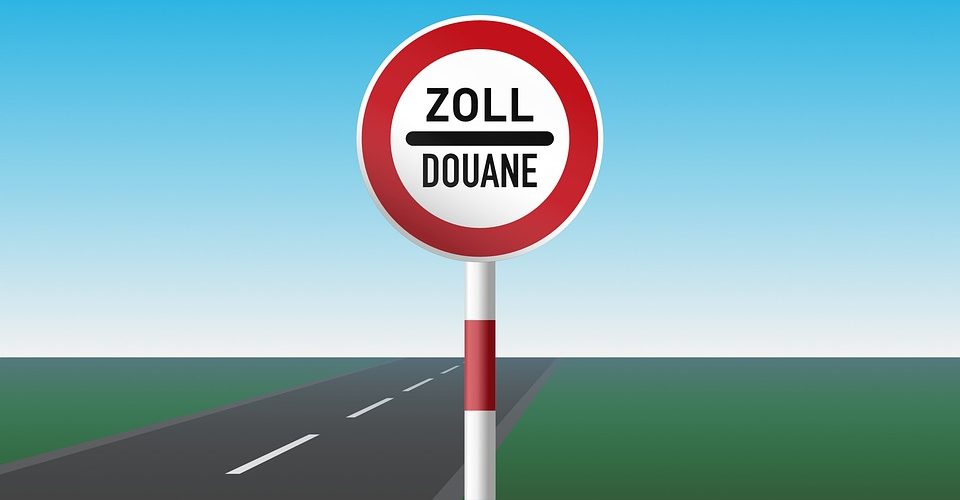On May 17, the ECJ issued the request for a preliminary ruling in the case C-307/23 (G GmbH).
Facts
- The applicant and appellant on a point of law (‘the applicant’) was the owner of a type D customs warehouse. It prepared preserved foodstuffs in cans, which had been imported from third countries by another company (‘the buyer’), for the customs warehousing procedure and subsequently (from 12 December 2012 to 30 May 2013) released them for free circulation under the local clearance procedure. The cans were provided with adhesive paper labels that the suppliers
had produced in the third country by means of printing templates that had been made available to them electronically and free of charge by the buyer. The
printing templates were produced by various design studios in the Federal Republic of Germany (‘Germany’) on behalf of and at the expense of the buyer. The customs value declarations specified only the amount that the buyer had to pay in accordance with the sales contracts concluded with the producers in the third countries, including the costs for the retail packing and for the printing of the paper labels stuck onto the packing, but excluding the cost of the printing
templates. - By way of an import duty notice dated 20 February 2014, the defendant and respondent in the appeal on a point of law (the Hauptzollamt (Principal Customs
Office); ‘the HZA’) subsequently recovered customs duties from the applicant. The HZA was of the opinion that proportional costs for design drafts and/or
printing templates for the adhesive labels should have been included in the customs value. The objection procedure and the action were unsuccessful. - The Finanzgericht (Finance Court, Germany) ruled that the cost of producing the printing templates should have been taken into account when determining the customs value pursuant to Article 32(1)(a)(ii) of [Council Regulation (EEC) No 2913/92 of 12 October 1992 establishing the Community Customs Code (‘the Customs Code’)]. The cans were containers because they were not only suitable for transporting the goods but also for storing and marketing them and were customary for packing such goods. The labels on which the contents of the cans were described and advertised were also part of those containers. The labels formed an inseparable unit with the cans and as such were not comparable with hangtags (tags on which the price of the goods and other goods-related information are indicated and which are attached to the goods by a tie) or photo inserts, which were not to be classified as containers. A privileged treatment of intellectual services developed in the European Union in accordance with Article 32(1)(b)(iv) of the Customs Code was not possible in the present case.
- The applicant appealed against that judgment. In its opinion, there is no legal basis for considering the labels and the containers to form a unit. Article 32(1)(a)(ii) of the Customs Code was not applicable because that provision only speaks of a container being one with a product, but not of an information label affixed to a container being one with the latter. In addition, the cost of producing the printing templates was not a cost ‘of’ containers, as required by the wording of Article 32(1)(a)(ii) of the Customs Code. Moreover, General rule for the interpretation of the Combined Nomenclature (‘general rule’) 5(b) did not contain any provisions on determining customs values. The labels were comparable with hangtags because they were also firmly attached to the product at the time of importation and could not be reused. The connection between the cans and the labels was perfectly separable, even if the labels were destroyed during separation.
- According to the applicant, design services fall under Article 32(1)(b)(iv) of the Customs Code and should therefore not be added to the transaction value because intellectual supplies are treated more favourably if they are provided within the European Union. A classification of packing designs according to the opinion of the Finance Court would lead to contradictions in value if a uniform design were used for different purposes.
Questions
Must the cost of production, in the customs territory of the European Union, of printing templates for labels be added to the transaction value under Article 32(1)(a)(ii) or Article 32(1)(b)(iv) of the Customs Code 1 if the buyer established in the customs territory of the European Union makes the printing templates available free of charge in electronic form to the suppliers in the third country?
Source Curia















